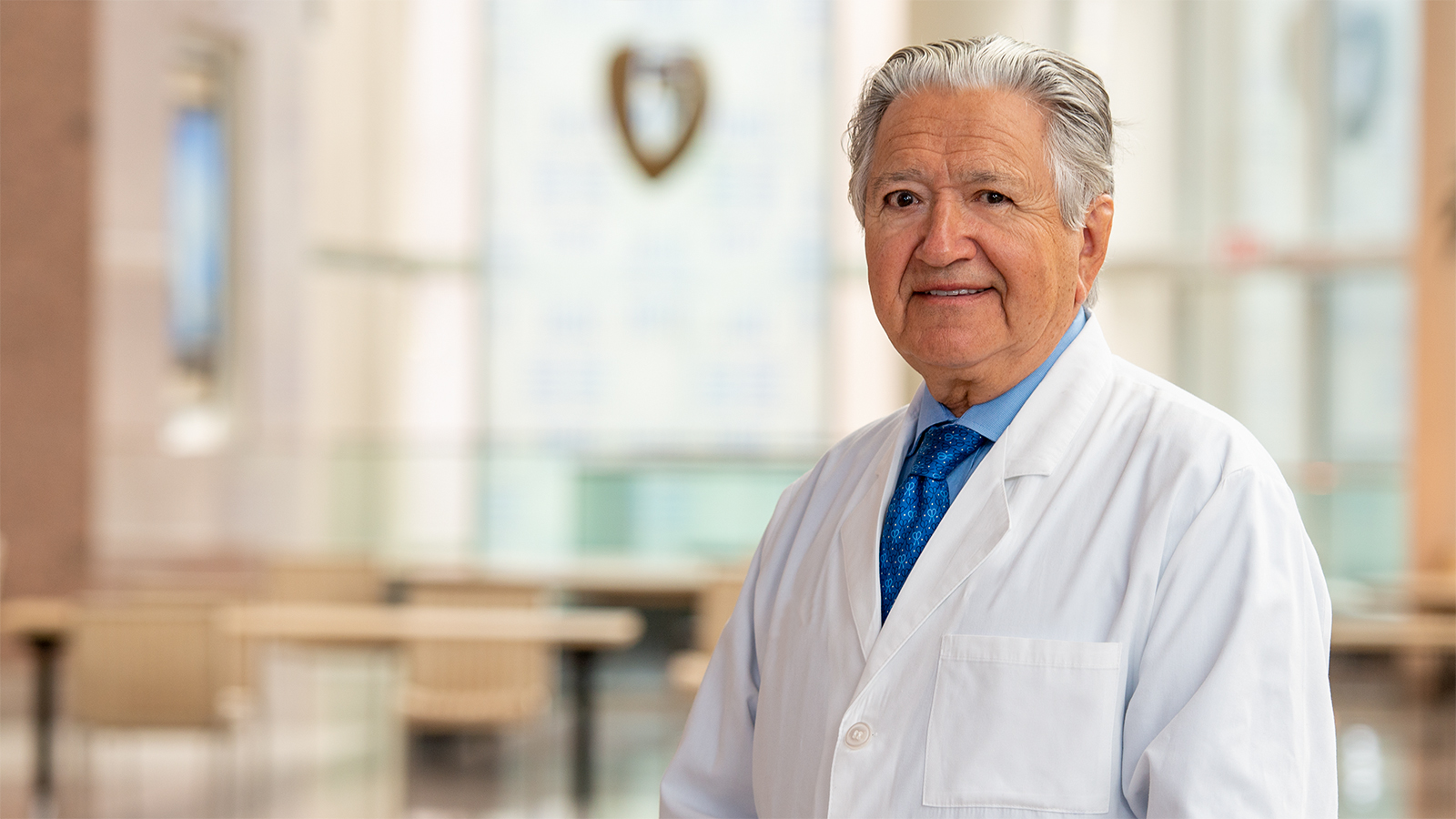
Carotid Ultrasound
Doppler ultrasound uses sound waves to examine blood flow in your carotid arteries. The carotid arteries are the arteries in your neck that carry blood to your brain. The sound waves used for Doppler ultrasound are delivered through a device called a transducer. When the transducer is placed over the carotid artery, the sound waves travel through your neck and bounce off the moving blood cells as an echo. These echoes are converted to an image on a television monitor. The changes in frequency are related to the speed of blood cells, which, in turn, is related to blood flow. These changes may indicate a narrowing or blockage of the carotid artery.
Ultrasound imaging may also be used to determine the thickness of the walls of the carotid artery. This may help doctors predict heart attacks and strokes in older adults, according to a report in the New England Journal of Medicine. Researchers with the National Heart, Lung, and Blood Institute found that older adults are at increased risk for heart attack or stroke if ultrasound shows a thickening of the carotid arteries. In the future, use of ultrasound may let doctors provide aggressive treatment earlier.
In carotid phonoangiography, a sensitive microphone is placed on the neck to record the sound of the blood flow in the carotid artery. In a normal artery, blood flows smoothly. But if there is a blockage, the blood flow will sound rough and turbulent. This turbulent blood flow is called a bruit (pronounced bru-ee). A bruit tells doctors that there is a blockage in the carotid artery.
